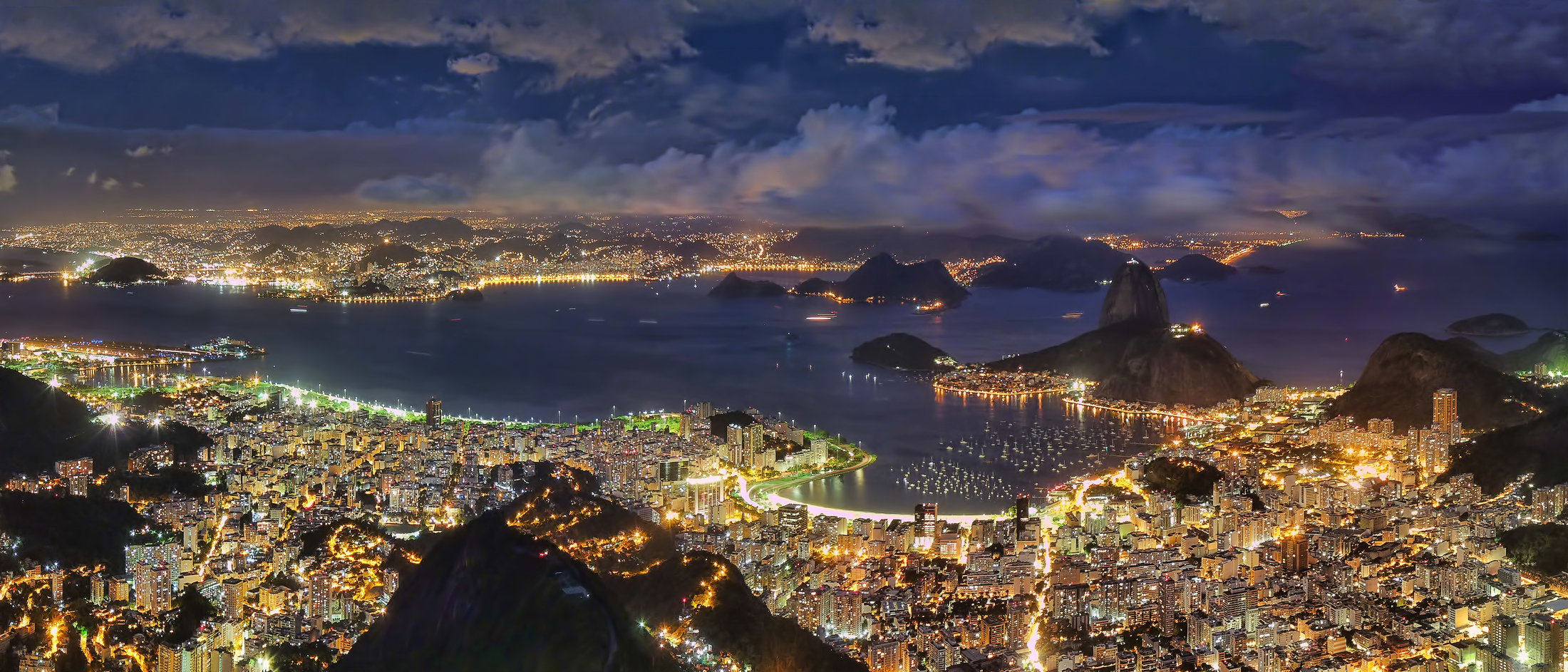Brasil
Viajar para Botucatu
Advertisement
Pensando em um lugar para quebrar a rotina de trabalho ou de estudos e disposto a encontrar um lugar para tirar um descanso com muito contato com a natureza, fique sabendo que esse lugar existe e tem como destino: Botucatu.
Essa cidade no interior de São Paulo é bastante famosa pelas suas cachoeiras e pelas suas formações geográficas. A cidade é tão agradável que ficou conhecida como a “cidade dos bons ares”.
Se você ficou curioso para viajar para Botucatu, vamos descobrir o que é possível fazer nessa cidade.
Como chegar em Botucatu
A cidade está localizada a cerca de 238 quilômetros da capital do Estado, São Paulo. O Aeroporto mais próximo da cidade está localizado na cidade de Bauru, a aproximadamente 2 horas e 20 minutos de distância.

Entretanto, o aeroporto de Bauru não abrange os voos que são necessários para chegar até a cidade, sendo que o caminho mais fácil é utilizar os aeroportos de São Paulo e se dirigir até a cidade através de carro ou de ônibus. As companhias de viação que levam até Botucatu são: Viação Santa Cruz e Rápido Fênix, com uma grande quantidade de horários para escolher.
Já adiantando, um dos pontos fortes de Botucatu é o seu ecoturismo, dessa forma é bastante interessante viajar para a cidade durante os períodos mais quentes do ano, caso contrário é possível, que as águas das cachoeiras fiquem muito mais frias. Além disso, é uma cidade que tem um grande potencial de chuvas, é interessante confirmar a previsão do tempo para não pegar esse período.
O que fazer em Botucatu?
Já que você decidiu que vai viajar para Botucatu, nada melhor do que saber alguns dos melhores lugares para visitar na cidade, dessa forma vamos conhecer alguns locais que são maravilhosos para conhecer durante a sua estada na cidade.
Pedra do Índio
O primeiro lugar para se visitar em Botucatu é para as pessoas que apreciam uma vista maravilhosa e de tirar o fôlego. A Pedra do Índio nada mais é do que um mirante localizado no Sítio Planalto e no local é possível que seus visitantes consigam apreciar o visual de tirar o fôlego formado pelas Três Pedras e outras formações da região.
Além disso o nome do mirante é devido a uma das rochas que é possível ver, a qual apresenta uma silhueta que lembra o rosto de um índio e que foi esculpida naturalmente.
Três Pedras
Essa formação rochosa é um dos locais mais famosos e característicos da cidade e, portanto, um dos pontos turísticos mais famosos e que não pode ficar de fora do seu roteiro. Esse local é ideal para as pessoas que adoram fazer trilhas e curtir a natureza. O local é aberto e é possível que você conheça os seus arredores e até mesmo atingir o topo para visualizar outras paisagens maravilhosas.
Dentro do que representa a formação, as Três Pedras são consideradas os pés do Gigante Adormecido, que nada mais é do que um conjunto de morros que se estende por vários municípios da região e que passam a impressão de uma pessoa deitada.
Ponte Férrea Indiana
Vamos continuar as dicas para as pessoas que gostam de aventura. Dessa forma a Ponte Férrea Indiana é o local ideal para as pessoas que querem praticar rapel. A belíssima visão que você consegue ter após a subida é recompensadora – no caso essa subida deve ser feita por pessoas mais experientes, já que não é uma escalada das mais simples.
Morro de Rubião Júnior

Ainda falando de paisagens lindíssimas, trazemos para vocês o Morro de Rubião Júnior (que também é conhecido como Morro de Santo Antônio), que é o ponto mais alto de Botucatu com aproximadamente 920 metros de altitude.
No alto do morro se encontra a Igreja de Santo Antônio e uma vista maravilhosa da região, além de ter todo o contexto histórico, já que a cidade de Botucatu começou a se desenvolver a partir dessa igreja.
Complexo Turístico Véu da Noiva
Como já foi comentado, a cidade de Botucatu é uma localidade maravilhosa para se visitar durante o verão e se refrescar. Apesar de não ser uma cidade de praia, ela conta com o Complexo Turístico Véu da Noiva, que nada mais é do que uma cachoeira de seis metros de altura, com uma largura bem interessante e um incrível para tomar um banho bastante refrescante. Além disso, o seu entorno conta com dois toboáguas e uma área de lazer para aproveitar o dia todo.
Cachoeira da Marta e Cachoeira Indiana
Uma das cachoeiras mais visitadas de Botucatu é a Cachoeira da Marta, que na verdade são duas cachoeiras em um único ponto turístico: a primeira é uma queda d’água de 37 metros e que desagua num poço bastante fundo e que é ideal para as pessoas que gostam de nadar.
Para chegar nesse primeiro ponto você precisa chegar por uma trilha no meio da natureza, ideal para aqueles que gostam desse tipo de aventura. Já o segundo ponto é uma descida bastante complicada por uma trilha mais íngreme ainda, de forma que é interessante visitar o local com alguém que conheça, ou com ajuda de um guia.
Já a Cachoeira Indiana é uma queda d’água bem menor, mas conta com um tobogã natural que faz muito sucesso entre os turistas. Além disso, ela fica em um local chamado Espaço Indiana, o qual serve almoços no final de semana – portanto é possível passar um dia inteiro, bastante agradável no local.
Museu do Café
Convenhamos, até as pessoas que não gostam muito de café precisam concordar que o cheiro dele é bastante agradável. Além disso, o café já é um dos ícones certos em qualquer momento para o brasileiro.
Entretanto, o que muita gente não sabe é a importância que o café tem para o Brasil, mas mais precisamente no século XIX para muitas cidades do estado de São Paulo, as quais prosperaram muito com o cultivo desse grão, sendo que durante esse período era um dos principais produtos para a economia brasileira.
Com Botucatu não foi diferente e para resgatar um pouco dessa história existe o Museu do Café na cidade, mais precisamente localizado no casarão da Fazenda Lageado, a qual foi um dos primeiros locais de pesquisas sobre cafeicultura, principalmente pela Estação Experimental de Café do Brasil.
No local é possível ver documentos, equipamentos e mobiliários desse período, mergulhando na história do Brasil e da importância do café.
Trending Topics

Passagens aéreas na Azul a partir de R$ 217 o trecho em até 6x sem juros – Veja como comprar!
Compre passagens aéreas para Portugal, Estados Unidos e outros destinos globais com a Azul! Uma das companhias que mais cresce no Brasil!
Keep Reading



